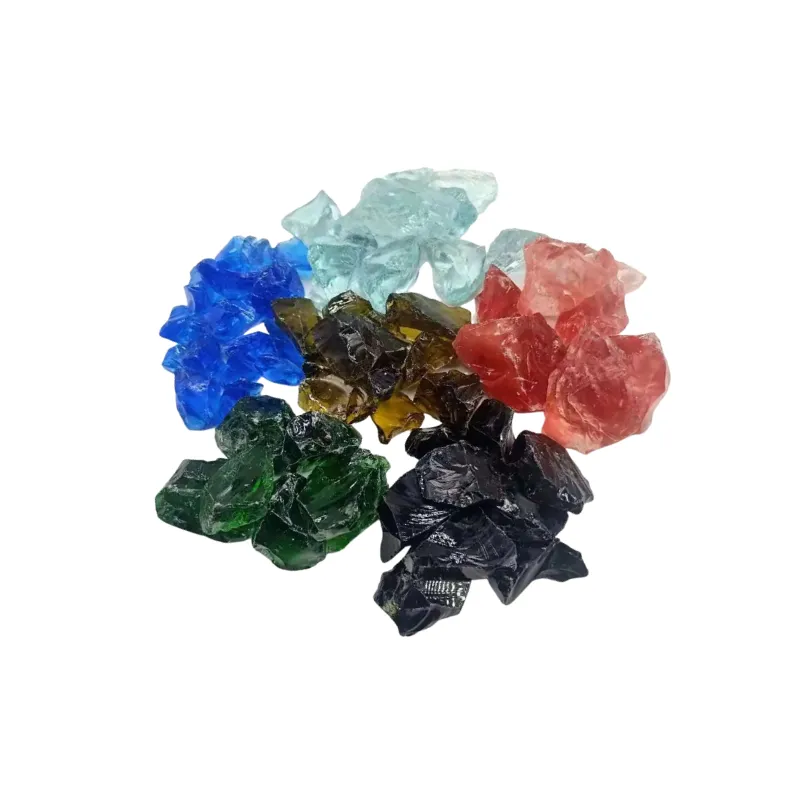
Exploring Custom Cement Alternatives with Fly Ash for Sustainable Construction Practices
Custom Cement and Fly Ash A Sustainable Approach to Construction
In the ever-evolving world of construction materials, the demand for sustainable and efficient solutions has led to the emergence of custom cement and fly ash as a viable alternative to traditional cement. This combination is not only eco-friendly but also enhances the performance and durability of concrete structures. Understanding the benefits and applications of custom cement blended with fly ash can significantly influence construction practices and minimize environmental impact.
What is Fly Ash?
Fly ash is a byproduct of coal combustion in power plants, primarily composed of fine particles that are carried off with flue gases. Once captured, it undergoes a process of grinding and classification to produce a fine, pozzolanic material. Fly ash is rich in silica, alumina, and iron, which react with calcium hydroxide in the presence of water to form compounds possessing cementitious properties. This makes fly ash an ideal candidate for use as a partial replacement for Portland cement in concrete.
Benefits of Custom Cement and Fly Ash
1. Environmental Sustainability The use of fly ash in custom cement production helps divert waste from landfills, thereby reducing the environmental burden. By incorporating fly ash, manufacturers can decrease the amount of Portland cement required, subsequently lowering carbon dioxide emissions associated with cement production, which is a significant contributor to greenhouse gas emissions.
2. Improved Concrete Performance Custom cement with fly ash has shown to improve concrete workability, reduce permeability, and enhance durability. Fly ash contributes to the long-term strength and durability of concrete, making it more resistant to shrinkage and cracking. This results in longer-lasting structures and reduced maintenance costs.
3. Cost Efficiency The incorporation of fly ash can also lead to cost savings. Since fly ash is often cheaper than conventional cement, using it in custom cement formulations can reduce overall material costs. Additionally, structures that are more durable require less frequent repairs, leading to significant savings in the long run.
custom cement and fly ash

4. Versatility Custom cements can be tailored to meet specific project requirements, such as setting time, strength, and durability. By varying the proportion of fly ash and other additives, manufacturers can create a wide range of cement types suitable for different construction applications, from residential buildings to infrastructure projects.
Applications of Custom Cement and Fly Ash
The combination of custom cement and fly ash is particularly beneficial in several applications
1. High-Performance Concrete In projects demanding high strength and durability, such as bridges and high-rise buildings, using custom cement with fly ash can enhance the structural integrity and longevity of the concrete.
2. Pavements Fly ash-modified concrete is ideal for pavements, including roads and airports. Its enhanced durability and reduced cracking potential make it suitable for surfaces exposed to heavy traffic and harsh weather conditions.
3. Green Building Initiatives As the construction industry moves towards greener practices, many sustainable building certifications, such as LEED (Leadership in Energy and Environmental Design), encourage the use of recycled materials like fly ash in concrete. Custom cement formulations can help builders achieve their sustainability goals while ensuring structural performance.
Conclusion
The integration of custom cement with fly ash represents a significant advancement in the quest for sustainable construction materials. By transforming a waste product into a valuable resource, the construction industry can not only lessen its environmental impact but also improve the performance and longevity of its structures. As more builders and architects recognize the advantages of this combination, the future of concrete is likely to lean towards more environmentally-friendly practices, paving the way for a greener and more sustainable built environment. With ongoing research and development, the potential applications for custom cement and fly ash are bound to expand, making it an exciting area to watch in the construction sector.
Share
-
Premium Talcum Powder Enhanced with GPT-4 Turbo | Soft & Long-LastingNewsAug.02,2025
-
Fly Ash Solutions Enhanced by GPT-4 Turbo | Sustainable InnovationNewsAug.01,2025
-
Natural Premium Bentonite Cat Litter - Superior ClumpingNewsJul.31,2025
-
Premium Resin Coated Sand - High Heat Resistance CastingNewsJul.31,2025
-
High Quality Silicon Carbide Grit for Abrasive ApplicationsNewsJul.30,2025
-
High-Quality Ceramsite for Plants & Gardening | Lightweight PebblesNewsJul.29,2025






